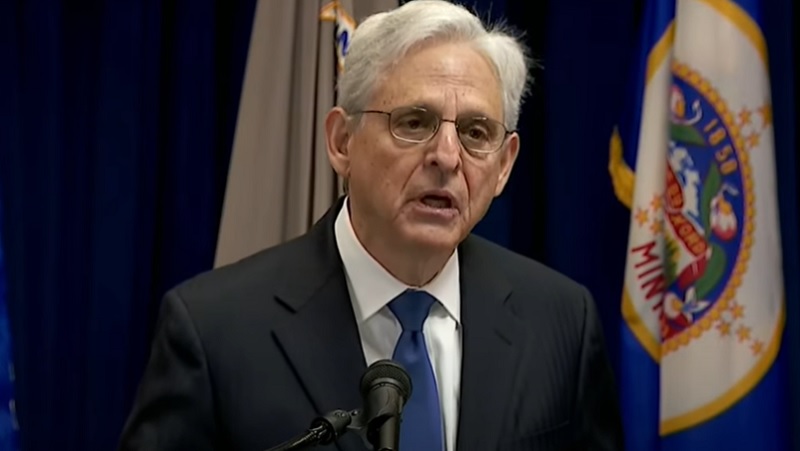
The National Institute of Justice just released a document entitled “A Landscape Report on Measuring Community Sentiment and Perceptions of Safety and Law Enforcement Performance”. By coincidence, just before I saw the announcement of this report in my email, I was doing an internet search for “police officer hug” to find a photo for a social media post. With its usual efficiency, Google promised forty million hits, most of them actually positive. If you need a lift to your day, hit that search phrase for images and you’ll find page after page of kids hugging cops, cops hugging cops, survivors hugging cops, and lots of smiles and tears.
I am writing this commentary on the study in real-time while I read it over. As someone who has engaged in academic research, I am always interested in how results are obtained. Who got questioned? Who wrote the questions? Who interpreted the results? The watchwords “trust the science” have been echoed since COVID, and we all know how confusing that was. I trust my car but I check the tires and watch the gauges.
A hallmark study from the Obama era (hardly a President whose statue will be in the Law Enforcement Supporter Hall of Fame) was his Task Force on 21st-Century Policing. The report I’m reading as I write begins with a quote from that study: “Law enforcement agencies should track the level of trust in police by their communities just as they measure changes in crime. Annual community surveys, ideally standardized across jurisdictions and with accepted sampling protocols, can measure how policing in that community affects public trust.”
That is a statement with which I heartily agree. The challenge in my mind is trusting a report from an administration that sent multiple White House officials to attend Michael Brown’s funeral, famously referred to police as “acting stupidly”, opened a record number of civil rights investigations of police departments resulting in a near-takeover and federalization of more than a dozen local agencies, and moved to stop agencies from obtaining essential protective equipment from military surplus so that they can stop this “warrior” nonsense and become mere “guardians.”
Now comes this report from a Justice Department agency when the Justice Department is, itself, under investigation for political favoritism and weaponization, under a President who has apologized for supporting successful crime control legislation under the Clinton administration, and whose faint praise and continued goading for reform belies his public face of support for law enforcement.
Feel free to listen to the Jeopardy theme or smooth jazz while I read the report…… O.K., done. Well, it turns out that the report is just about how to measure citizen perceptions, how to get samples, and how to analyze data – just the things that I started the article with that I was going to use while reading the document. So where do we find the results of research already done on public perceptions?
Statistics measured after nationally broadcast tragedies like the Floyd case in Minneapolis and the Nichols case in Memphis have shown a dip in public trust, but the ebb and flow of media attention and political rhetoric must be averaged out over time. Another factor, as I mentioned earlier, is who is doing the research and writing the report. Read carefully for reports that use vague language like “too many” and “all too often”, and make assumptions about the frequency of alleged police misconduct and racism. There is a significant difference in the measure of law enforcement trust between those who identify as Democrat and those who identify as Republican, as well as Black respondents to surveys compared to white respondents. It appears that facts are not evenly distributed or digested, otherwise, the conclusion of any rational observer would be the same regardless of the ideological bent.
In trust-building efforts, law enforcement has flocked to body-worn cameras (BWC) on its officers. An extensive study with the Washington, D.C. police shows no significant difference in officer behavior before and after BWCs were mandated. A study by Arizona State University of the Phoenix PD deployment of BWCs showed officer productivity increased and citizen complaints decreased. A National Institute of Justice report also showed no difference in the use of force by officers with or without the BWC, did not improve suspect conduct, and made no statistically significant difference in officer-initiated activity. In other words, the AHA! GOTCHA! moment never came for the anti-police folks waiting for video to justify their hostilities.
A Psychology Today article from April of this year cites a 74% confidence rate toward police from a 2022 study. A 2022 posting of Gallup Poll results showed law enforcement ranked 6th in trustworthiness and above judges, politicians, and reporters. A Quinnipiac University poll published early this year showed 62 percent of respondents said they trust police to do what is right all or most of the time. By race, the figures were lower for Blacks but still 2/3 of that demographic. By partisan affinity 85% of Republicans were trusting of police, 63% of independent voters, and 49% of Democrat voters. A 2021 USA Today (not fans of law enforcement) poll showed 69% trusted law enforcement to “promote justice and equal treatment for people of all races”, a result that was on the rise from previous polling.
Even though the new report told me nothing, it did prompt me to review the issue of trust in police and, as a bonus, led me to a few hundred pictures of cops getting well-deserved hugs.